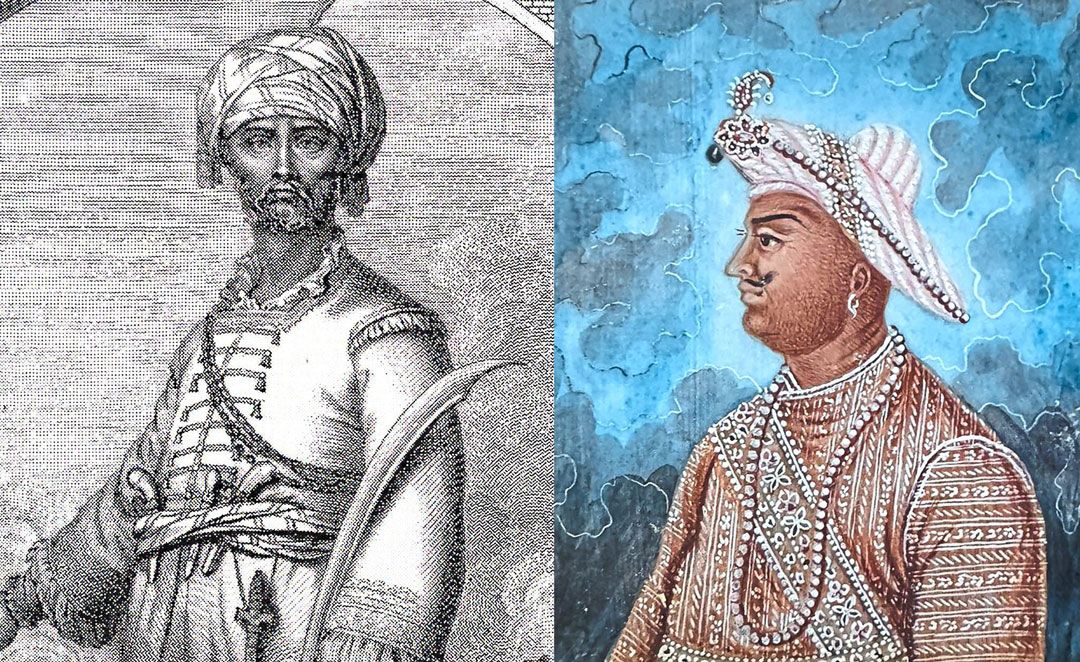THE textbooks on the history of India’s struggle against colonial rule often begin in the 19th and 20th century national movements. We are familiar with names like Mahatma Gandhi and Jawaharlal Nehru.
But there were princely states and leaders who challenged the European powers, especially the British, long before these better known nationalist Indian figures.
In southern India, two famous names were Haider Ali and his son, Tipu Sultan, the rulers of Mysore in the 18th century.
Their legacies are complex and contested, but they remain symbols of indigenous resistance, innovation, and the assertion of sovereignty in the face of relentless colonial aggression.
The exhibition More Than a Day As a Tiger, The Legacy of Haider Ali and Tipu Sultan of Mysore (1761-1799) is currently being held at the Islamic Arts Museum Malaysia (IAMM) in Kuala Lumpur.
Haider Ali’s rise to power in the mid-18th century is a classic example of meritocratic ascent in a world dominated by hereditary privilege.
Born into a modest background, he rose through the military ranks of the Kingdom of Mysore through sheer tactical brilliance.
Haider Ali was one of the earliest Indian leaders to understand the strategic threat posed by European trading companies, particularly the British East India Company.
He modernised Mysore’s army, employing French military advisers and incorporating European-style training and weaponry, including rocketry, which would later gain fame under his son.
His ability to hold his own against the Marathas, the Nizam of Hyderabad, and the British made Mysore a formidable regional power.
Upon Haider Ali’s death in 1782, his son Tipu Sultan inherited not only a kingdom but a vision – a fierce, unyielding resistance to British encroachment.
Tipu Sultan’s reign was marked by both military ambition and domestic reform. A devout Muslim and deeply committed ruler, he embraced scientific innovation, global diplomacy, and administrative reform.
His court welcomed French engineers and Persian scholars, and his foreign policy included alliances with the Ottoman Empire and France, attempting to create an anti-British axis long before such ideas became popular in India.
Among the most famous diplomatic exchanges of the 18th century was Mysore’s delegation to the Court of King Louis the 16th.
Tipu Sultan is perhaps best remembered for his four Anglo-Mysore wars against the British, particularly his valiant defence during the Third and Fourth Wars.
In 1799, Tipu Sultan died fighting at the gates of his capital,
Srirangapatna, a death seen by many as the ultimate act of patriotism.
He was called the Tiger of Mysore by the British for his fierce resistance and he adopted the tiger as his royal emblem as a symbol of courage, strength, and fearlessness.
His now-famous quote, “It is better to live one day as a tiger than a thousand years as a sheep”, has immortalised him as a martyr in the struggle against colonialism.
Yet both Haider Ali and Tipu Sultan’s legacies are not without controversy. Critics, particularly from certain modern political factions, point to Tipu Sultan’s treatment of some Hindu communities and question his role as a “secular” hero.
However, such critiques often ignore the broader context of 18th century warfare and governance, where religious pluralism coexisted with realpolitik.
In truth, Tipu Sultan patronised temples, issued land grants to Hindu institutions, and employed Hindus in high offices – decisions rarely highlighted by his detractors.
What Haider Ali and Tipu Sultan accomplished was remarkable for their time. They envisioned a militarily strong, technologically advanced, and economically independent state.
Their use of rocketry predates its adoption in Europe, and their administrative systems laid the groundwork for future governance models.
Tipu Sultan’s interest in industrialisation – state-run factories, coinage reform, and silk production – shows a ruler thinking far beyond the constraints of his age.
His defeat in 1799 marked a turning point in Indian history. With Mysore’s fall, the British tightened their grip on southern India, paving the way for eventual dominance.
Tipu Sultan’s death was front-page news in the United Kingdom with much of his possessions taken from India immediately after his death for fear they become symbols of a martyr. Until now, the UK government has not let them go.
The legacy of Haider Ali and Tipu Sultan, however, continues to inspire. They remind us that resistance to colonialism didn’t begin with 20th-century nationalism – it was born in the forts and battlefields of Mysore.
The IAMM must be commended for its efforts to hold this exhibition. According to museum director Syed Mohamad Albukhary, it took over 20 years to collect Tipu Sultan’s very rare belongings and to study his achievements.
“Like most people, there was a time when we knew very little about Tipu Sultan, and even less about his father, Haider Ali.
“More than two centuries ago in southern India, there was a Muslim dynasty that lasted for fewer than 40 years but still changed the world,” he said.
Tipu Sultan died before he reached 50 at the hands of the British and two centuries later, “It is the artistic legacy that provides the strongest reminder of the two rulers. The artefacts that Tipu Sultan left behind still seem important – the more we see them, the more fascinating their story becomes.”
An object that took the IAMM almost 10 years to obtain an export licence for was an important personal “sporting hunting gun”, which was a favourite weapon of Tipu Sultan’s.
Two cannons at the exhibition had been displayed outside Powis Castle in Wales for more than 250 years.
In the words of Prime Minister Datuk Seri Anwar Ibrahim, who opened the exhibition: “Some of the artefacts are on display for the first time since they were looted from Mysore more than 200 years ago. The collection is a rare gathering of his world, perhaps the largest accumulation ever shown.”
Haider Ali and Tipu Sultan remain towering figures in Indian history. They were warriors and administrators, reformers and resistors.
In an age where alliances were fragile and power dynamics fluid, they built a state that challenged the mightiest empire of the time.
Their story is not just about resistance – it is about the assertion of dignity, innovation, and vision in the face of overwhelming odds.
More Than a Day As a Tiger, The Legacy of Haider Ali and Tipu Sultan of Mysore (1761-1799) exhibition is on now at the Islamic Arts Museum of Malaysia in Kuala Lumpur until Jan 11, 2026.









